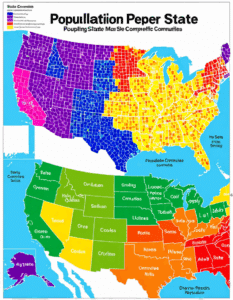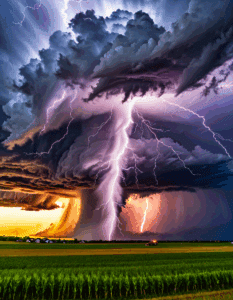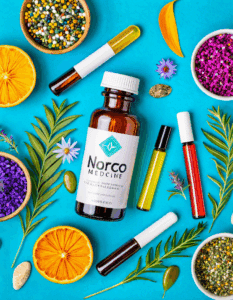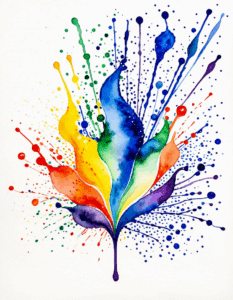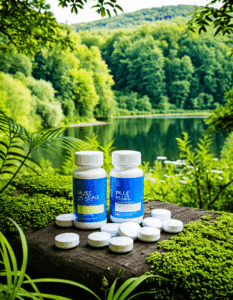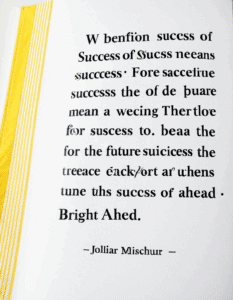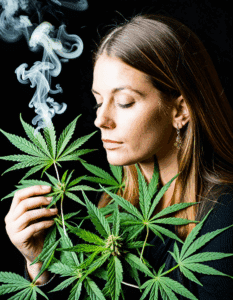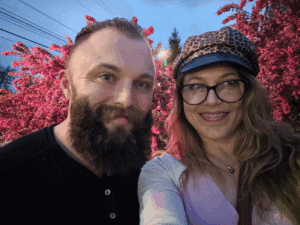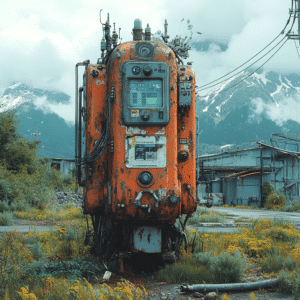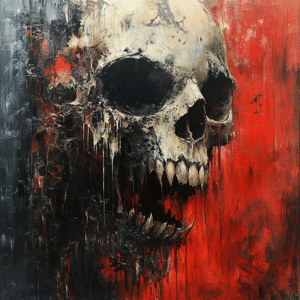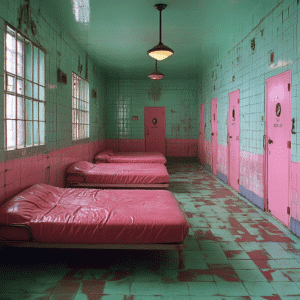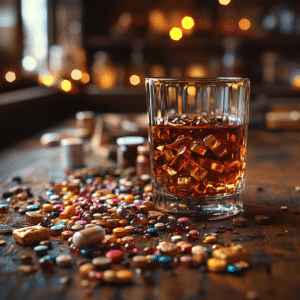Elevating Drug Addiction Awareness: A Contemporary Imperative
The topic of drug addiction awareness cannot be overstated in our current society, with every like, share, and tweet carrying the potential to save lives. Awareness is the bright early morning sun that clears away the mist of misconceptions and shines light on pathways to prevention and treatment. It’s about knowing the monster under the bed is not as big and scary as it seems when you shine a light on it.
In the age of technology, social media has become a double-edged sword in the fight against drug addiction. While it can be a petri dish for peer pressure and exposure, it also has the remarkable ability to spread drug addiction awareness like wildfire, engaging a wider audience and fostering a community of support. Its impact is undeniable, and it serves as a meeting ground where organizations can disseminate knowledge, encourage dialogue, and connect with those in need.
Let me tell you, folks, embracing drug addiction awareness with the zeal we currently do could transform the odds for so many out there. By preventing just one person from falling prey to addiction, we effectively halt a potential domino effect of pain and misery. It’s all about lighting that single candle rather than cursing the darkness.
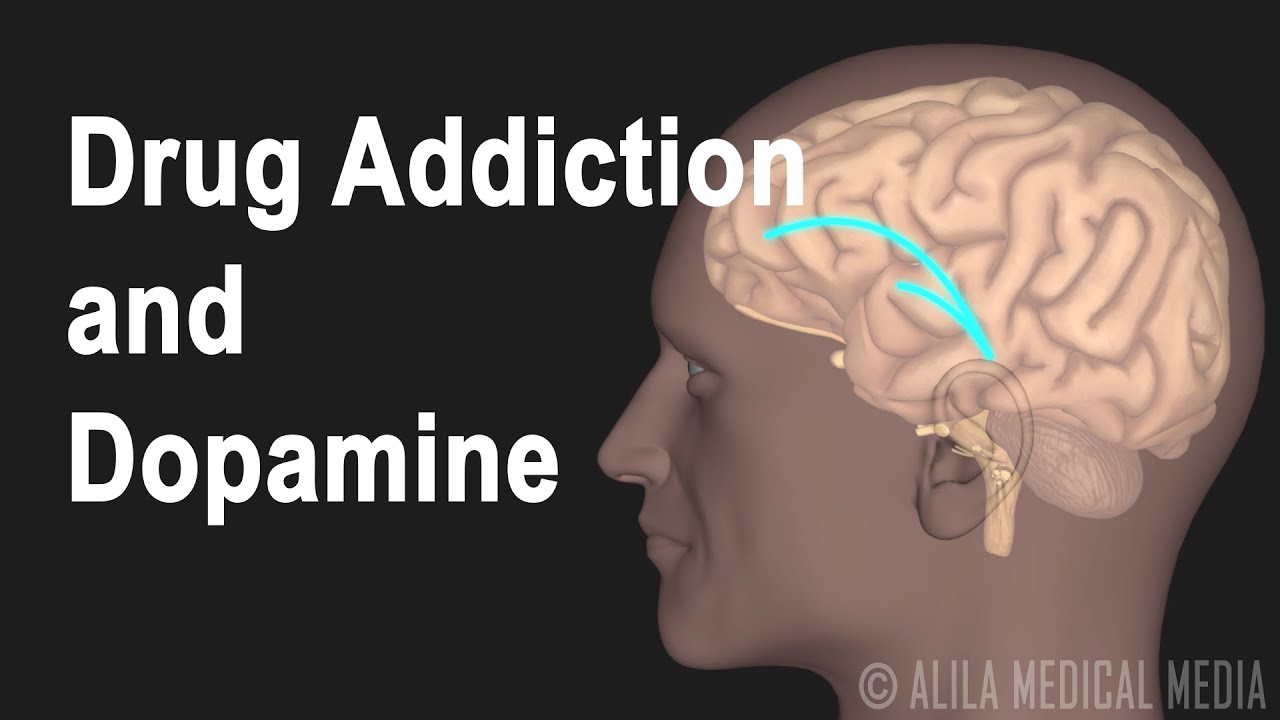
Unmasking the Stigma: How Anti-Drug Organizations Foster Understanding
It’s high time we chat about the unsung heroes in this relentless tussle against the beast of addiction – the anti-drug organizations. These entities are the heart and soul in the crusade to dismantle the stigma. They churn out a consistent message: Drug addicts are not moral failures; they are human beings wrestling with a mammoth challenge.
Through a plethora of initiatives, like educational programs in schools and community outreach, these organizations actively chip away at the walls of judgment. It’s like they are the gardeners, planting seeds of compassion in a field of thorns. Some use storytelling, others statistics, but all aim for the heart as much as the head.
Imagine the feeling of redemption a parent experiences when they learn through a Parents Of Addicts blog that they’re not paddling their canoe alone. The shared stories are more than just words; they’re lifelines thrown into turbulent seas, and boy, do they make waves!

| Aspect | Details |
|---|---|
| 1. The Four C’s | – Compulsion: Can’t stop using despite harm. – Cravings: Strong desire to use substances. – Consequences: Continues use despite negative consequences. – Control: Loss of control over the amount or frequency of use. |
| 2. Addiction Characteristics | – Involves compulsive behavior. – Initiated outside of consciousness (not a conscious choice). – Roughly 50% heritable, indicating a significant genetic component. |
| 3. Co-occurring Disorders | – Many seeking help for addiction also have other psychiatric problems, indicating the importance of integrated treatment approaches. |
| 4. Heritability & Complexity | – Genetic factors account for about half the risk for addiction. – However, environmental factors and complex interactions also play crucial roles. |
| 5. Prevention & Communication | – October is designated for prevention efforts like Youth Substance Use Prevention Month and Substance Misuse Prevention Month. – Campaigns like “Talk. They Hear You.” aim to facilitate discussions about prevention. |
| 6. Addiction Mechanisms | – Alterations in brain chemistry and function lead to addiction. – Understanding this can help in creating effective treatments and prevention strategies. |
| 7. Stigma of Addiction | – Stigma can prevent individuals from seeking help. – Awareness campaigns advocate for a more compassionate, educated view on addiction. |
| 8. Treatment & Recovery | – Recovery is possible with the right support and treatment. – Treatments include therapy, medication, and community support programs. |
| 9. Public Health Approach | – Addiction is addressed not just as an individual issue but also as a public health concern. – Efforts focused on individuals, families, and communities. |
| 10. Policy & Legislation | – Laws and policies can help or hinder addiction prevention and treatment. – Advocacy for supportive policies is part of drug addiction awareness. |
The Landscape of Drug Abuse: A Detailed Analysis
Zooming out, let’s take a bird’s eye view of the global and national trends. The stats and figures on drug addiction provide a stark canvas of reality. There’s been an uptick in emerging drugs capturing the market and equally alarming shifts in demographics succumbing to their allure. October being Youth Substance Use Prevention Month and Substance Misuse Prevention Month makes this analysis even more pertinent, folks.
Across the spectrum, from policymakers to healthcare professionals, there’s a hustle to combat this crisis head-on. Yet, if we’re being honest, it’s kind of like playing whack-a-mole. As one issue is addressed, another pops up with a different face, name, or chemical compound.
It’s like every fact and figure is a person, not just a statistic. Conversations like “Help, My son Is an addict” or “What do I do if My son Is on Drugs?” are no longer abstract scenarios—they’re common parental dialogues.
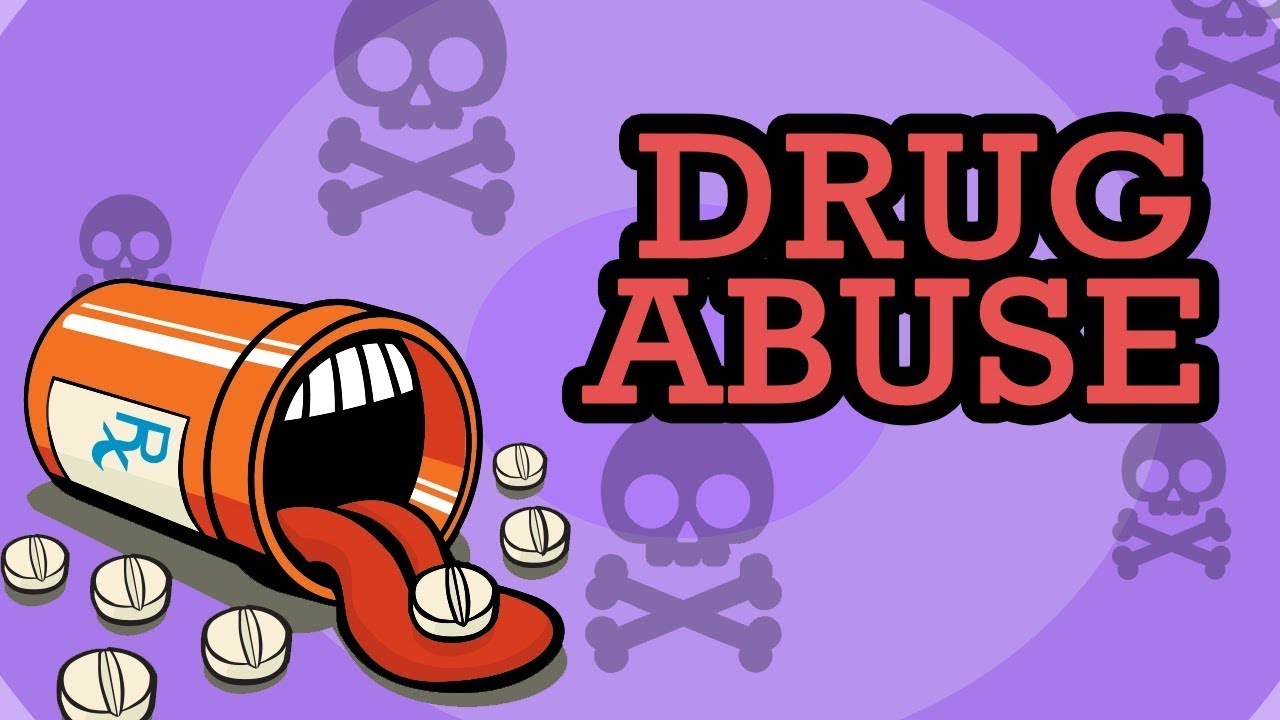
Behind the Scenes: The Neuroscience of Addiction
Peek behind the curtain, and wow, does the world of neuroscience have tales to tell! The four C’s—compulsion, cravings, consequences, and control—these aren’t just buzzwords; they’re the cornerstones that paint a vivid portrait of addiction’s claws on the brain.
Recent research is coming in hot and heavy, folks, spilling the tea on how substances hijack the brain’s reward circuits. It’s a real Jekyll and Hyde situation where drugs impersonate neurotransmitters, leading folks down a rabbit hole of wanting, needing, and enduring the unthinkable to get that next fix.
But here’s a thought that knocks the wind right out of judgment’s sails: When we grasp the hows and whys of addiction, we replace cold, hard stares with warm, understanding nods. We see people, not just the problem. And knowing about it is a giant leap toward empathy, a bridge built by the eggheads to bring us all together.

From Awareness to Action: Effective Drugs Awareness Strategies
Alright, roll up your sleeves, because it’s time to turn that awareness into action. Top-tier drug awareness campaigns have one thing in common: they strike the perfect chord. It’s not about scaring the bejesus out of kids; it’s educating them, making them wise to the lures and lies of addiction before they’re in over their heads.
Remember “Talk. They Hear You” on its 10th anniversary? It’s a timeless reminder that ear-bending between parents and their kids can be a game-changer. Schools and communities have risen to the occasion, and the results are no joke. With continued evolution of technology, perhaps a day will come when we attend virtual reality interventions or swipe left on addiction.
But, hey, isn’t education the sharpest tool in the shed? It cuts through ignorance, carves out understanding, and shapes brighter futures. And with strategies incorporating How To deal With an alcoholic daughter or How can I help My drug addicted son, we’re not just raising the bar, we’re setting it.
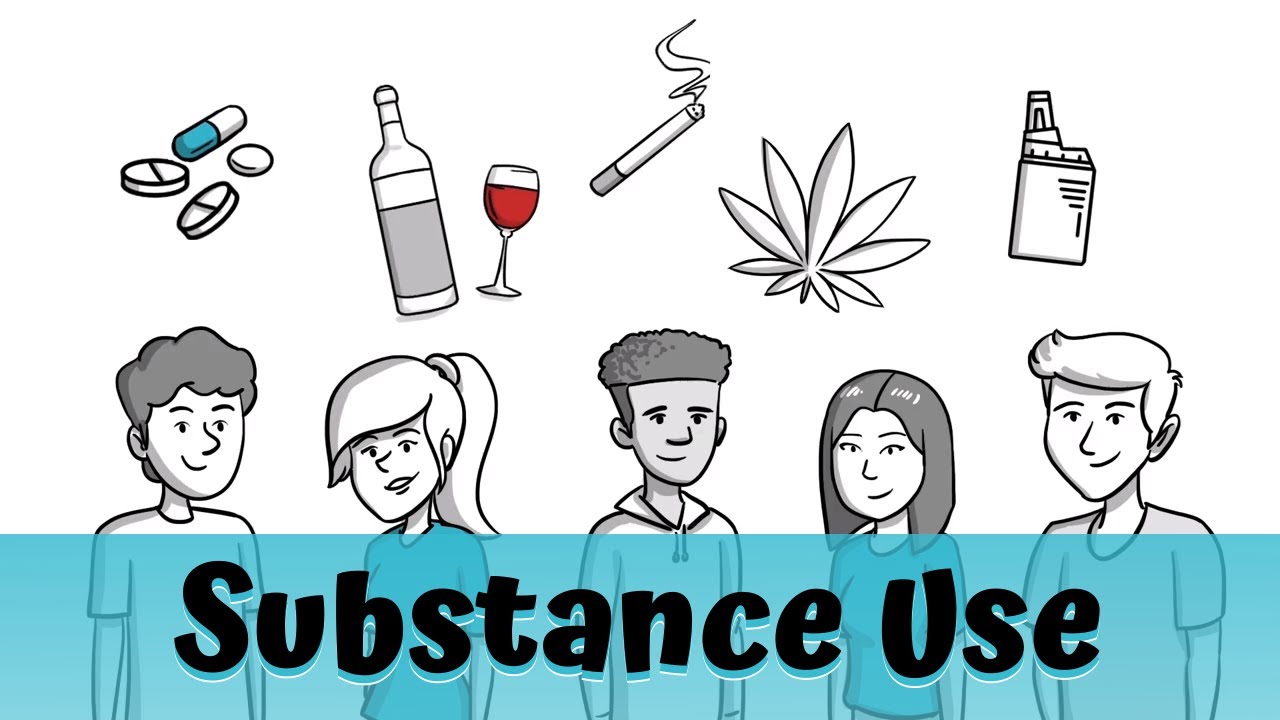
Shifting Perspectives: Real Stories and the Human Element of Addiction
Turn the pages of real life, and the stories you find will be more gripping than any fiction. Addiction drags folks through the mud, but oh, the strength they muster! These are the stories that add flesh and blood to the bones of statistics. It’s one thing to read the numbers; it’s another to look into the eyes of addiction and see genuine hope, resilience, and the human spirit.
These tales can knock the socks off any policy. They grab attention, yank at heartstrings, and sometimes—that’s right, sometimes—they rewrite the script. Ever stumbled across a ” drug addict daughter” story? It packs a punch that no pie chart or bar graph ever could. People’s experiences become the primer that preps society’s canvas for change.
Pioneering Progress: Looking Forward in Drug Addiction Awareness and Prevention
In the crystal ball of drug addiction awareness, the future’s ripe with possibility. Just imagine the strides we could take with VR classrooms for prevention, AI monitoring for relapse signs, or apps that teach kids mindfulness to unplug from peer pressure.
Thinking outside the box could lead to groundbreaking prevention, and boy, doesn’t that tickle the imagination? It might be that we’re on the verge of learning from the collective experience of Parents Of adult Addicts. Their hard-won knowledge could be the Rosetta Stone for cracking the addiction code in our ubiquitous digital landscape.
Embracing Hope and Healing: Beyond Awareness to Lasting Change
As we draw this to a close, let’s lock eyes with the horizon and think legacy, shall we? Awareness is a beacon of hope in the foggy sea of addiction, but hope needs elbow grease to become reality. We’re talking about a marathon, not a sprint—a commitment that lasts longer than a hashtag trend.
It’s gonna take every one of us—parents, children, educators, mentors—coming together to keep that beacon ablaze. With new-fangled ideas, a relentless spirit, and arms wide open to the winds of change, drug addiction awareness will continue to shape a future where addiction’s chains are weakened and, with grit and grace, eventually broken.
And let’s not forget—it’s in the stitching together of every tale, every data point, every policy—that the quilt of recovery is woven. It’s warm, it’s inclusive, and every thread counts. Are you game to leave a thumbprint of change in this world? Because, folks, together, we are unstoppable.
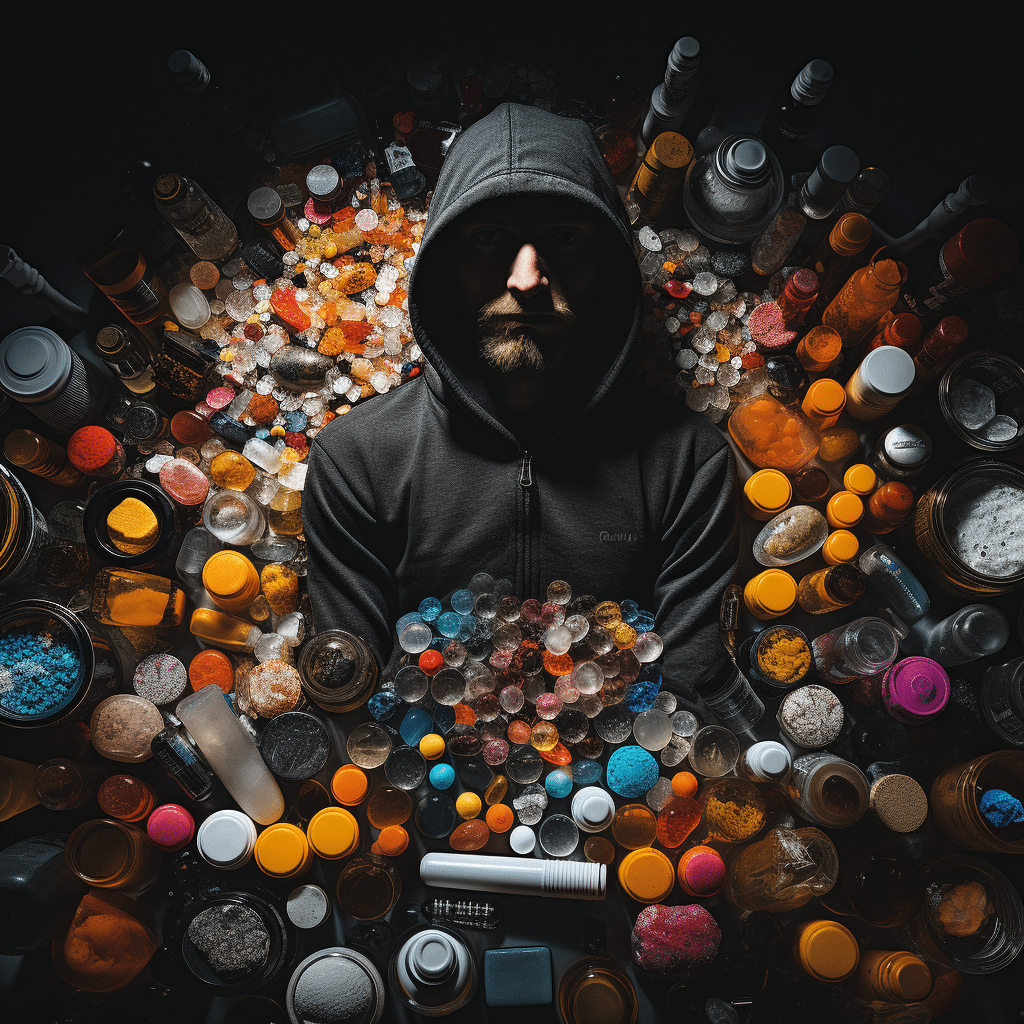
What are the 4 C’s of addiction to drugs?
Well, the 4 C’s of addiction to drugs are kinda like the less pleasant cousins in the alphabet family. They are Craving, Compulsion, Consequences, and Control, or rather lack of it. Craving is that gnawing hunger for the drug, compulsion is the “gotta have it now” impulse, consequences are the trouble that follows like a shadow, and control? Oh, that goes out the window—you try to take the reins, but addiction is one wild horse.
How do you create awareness about drug abuse?
Creating awareness about drug abuse isn’t rocket science; you’ve gotta hit the streets and the screens. Start with community events, workshops, and, of course, social media blitzes can work wonders. It’s all about spiel and share—show the raw truths, the stories that tug at heartstrings, and sprinkle in some stats for good measure. Don’t forget, education is key, so get into schools and give the young’uns the lowdown before they’re in too deep.
What are the 10 most important things to know about addiction?
Ah, addiction—it’s a beast with more layers than your grandma’s famous lasagna. Here are the 10 must-knows: it’s a brain disorder, not a moral failing; it can grab anyone; it’s about more than just willpower; treatment is as complex as the condition; it impacts mental health big time; substance use isn’t the whole story; relapse ain’t the end of the road; support systems are solid gold; recovery is a marathon, not a sprint; and lastly, prevention really is better than cure.
What month is drug Awareness Month?
Every October, folks wear their awareness hats for Drug Awareness Month. It’s thirty-one days jam-packed with campaigns, candlelight vigils, and conversations that shine a spotlight on the issue, share stories of struggle and triumph, and give the lowdown on prevention and treatment—a month where the objective is to wake up and smell the coffee on drug issues.
What are the 5 pillars of drugs?
The 5 pillars of drugs? Sounds like the start of a bad joke, but it’s no laughing matter. These bad boys are Accessibility, Availability, Awareness, Acceptability, and Action. They’re like the framework that props up the world of drugs, from how easy it is to get your hands on the stuff to how society views drug use, and all the nitty-gritty in between.
What are the three pillars of addiction?
When we talk about the three pillars of addiction, we’re digging into Biology, Environment, and Psychology. Think of it like a three-legged stool—each leg is crucial. Biology deals with your genetic cards, environment is the table where you play your hand, and psychology? That’s all the mind games that come with the territory.
What is the symbol for addiction awareness?
The symbol for addiction awareness that’s dotted around everywhere is the purple ribbon. This little loop tells a big story—it’s a silent shout out for understanding, a signpost for support, and a call to arms in the fight against substance abuse.
What are the effects of drug abuse awareness?
Talk about a ripple effect! Drug abuse awareness can shake things up by opening eyes and saving lives. It turns whispers into dialogues, breaks down myths, and can tighten the lid on the Pandora’s box of substance abuse. Awareness is like the town crier, hollering out for change and healing in communities everywhere.
What is meant by drug awareness?
Drug awareness is pretty much the 411 on the what’s what of substances. It’s about learning the ABCs of drugs—the effects, the risks, and the big red flags of abuse and addiction—arming folks with knowledge so they can make savvy choices and spot trouble brewing.
What are the 9 types of addiction?
You might think nine types of addiction sound like enough to fill a soap opera, but seriously, it’s no drama—substance addictions like alcohol, tobacco, and drugs hit the headlines, but don’t overlook behavioral ones like gambling, sex, food, internet, work, and shopping. They all can hitch a ride on your back if you’re not careful.
What are the six core components of addiction?
When we break down addiction, think of six core components: an overpowering urge to use, inability to control intake, withdrawal syndrome when trying to quit, tolerance buildup, neglect of life’s pleasures, and continuing despite the harm. Together, they’re like the six horsemen of a personal apocalypse.
What is addiction in simple words?
Addiction, put simply, is when you’re handcuffed to a habit. You know it’s bad news, but you can’t help going back for more—no matter the cost. It’s like having a glitch in your system that tells you to keep hitting the self-destruct button.
What is the color for recovery?
Oh, the color for recovery? That’d be purple, buddy—like the calm after the storm. It wraps up struggle and triumph in one serene package, paves the way for the journey ahead, and trusts that every step taken is a victory on its own.
What color ribbon is for addiction?
For addiction, we pin the silver ribbon to our chests. It’s a shiny beacon of hope and battle scars, telling the world we’re in this tussle together, standing strong against the tidal wave of substance abuse.
What is the color for drug addiction awareness?
Drug addiction awareness also calls on the color purple to spread its message. This royal hue paints a picture of purpose and passion, calling out for solidarity and support in the sobriety skirmish.
What are the 4 theories of addiction?
When you’re trying to figure out why people fall into addiction’s clutches, four theories pop up: Biological, where the body is the main actor; Psychological, diving into the mind’s mazes; Sociocultural, spotlighting society’s stage; and Biopsychosocial, which is like the ultimate mashup, combining bits from all the rest.
What are the 4 parts of addiction?
The 4 parts of addiction could be a messy pie—there’s the binge/intoxication bit, where the party gets too wild; withdrawal/negative affect, the hangover from hell; preoccupation/anticipation, when you can’t think of anything else; and craving, the hunger that won’t quit. Each slice comes with its own set of troubles, and trust me, it’s not a pie you’d want to try.
What are the 4 areas of addiction?
Alright, so the 4 areas of addiction are like four corners of quicksand—it’s the Physical, where the body throws a mutiny; the Psychological, with the mind weaving dark tapestries; the Social, where relationships and work take a swan dive; and the Spiritual, leaving one’s sense of purpose all shipwrecked. Each area is tricky turf where addiction plants its flag.





